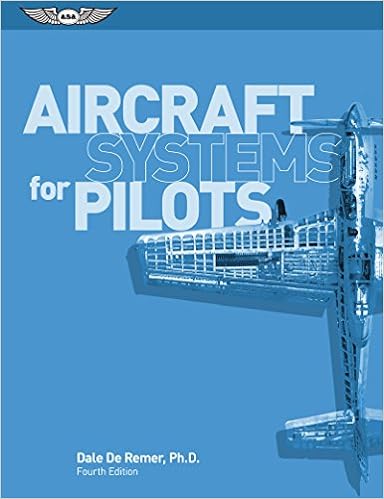Keystoner
Pre-Flight
- Joined
- Oct 10, 2021
- Messages
- 73
- Display Name
Display name:
Keystoner
I found a great reference by Embry-Riddle Aeronautical University and their Standard Operating Procedures for a Cessna 172.
In their 'Engine Failure During Flight Checklist,' they have two attempts to restart the engine. In the first attempt, the configuration includes Mixture--RICH. If the engine doesn't start, they add a second attempt in which they add Throttle--FULL FORWARD and Mixture--IDLE CUT-OFF. I recognize this is the same as in the procedures for engine fire during start-up but I don't understand it here. The engine can't start with mixture at idle cut-off, right? Pulling the mixture to idle cut-off is exactly how I shut down the engine, so I'm confused.
I have another general question about restart procedures. In the in-plane checklist for the school I attend, in this section, they have, "If prop is stopped, go to start and get it spinning." I want to understand this. Even if I'm in a situation where I'm unable to get the engine started, is it desirable to have the prop spinning anyway?
In their 'Engine Failure During Flight Checklist,' they have two attempts to restart the engine. In the first attempt, the configuration includes Mixture--RICH. If the engine doesn't start, they add a second attempt in which they add Throttle--FULL FORWARD and Mixture--IDLE CUT-OFF. I recognize this is the same as in the procedures for engine fire during start-up but I don't understand it here. The engine can't start with mixture at idle cut-off, right? Pulling the mixture to idle cut-off is exactly how I shut down the engine, so I'm confused.
I have another general question about restart procedures. In the in-plane checklist for the school I attend, in this section, they have, "If prop is stopped, go to start and get it spinning." I want to understand this. Even if I'm in a situation where I'm unable to get the engine started, is it desirable to have the prop spinning anyway?

